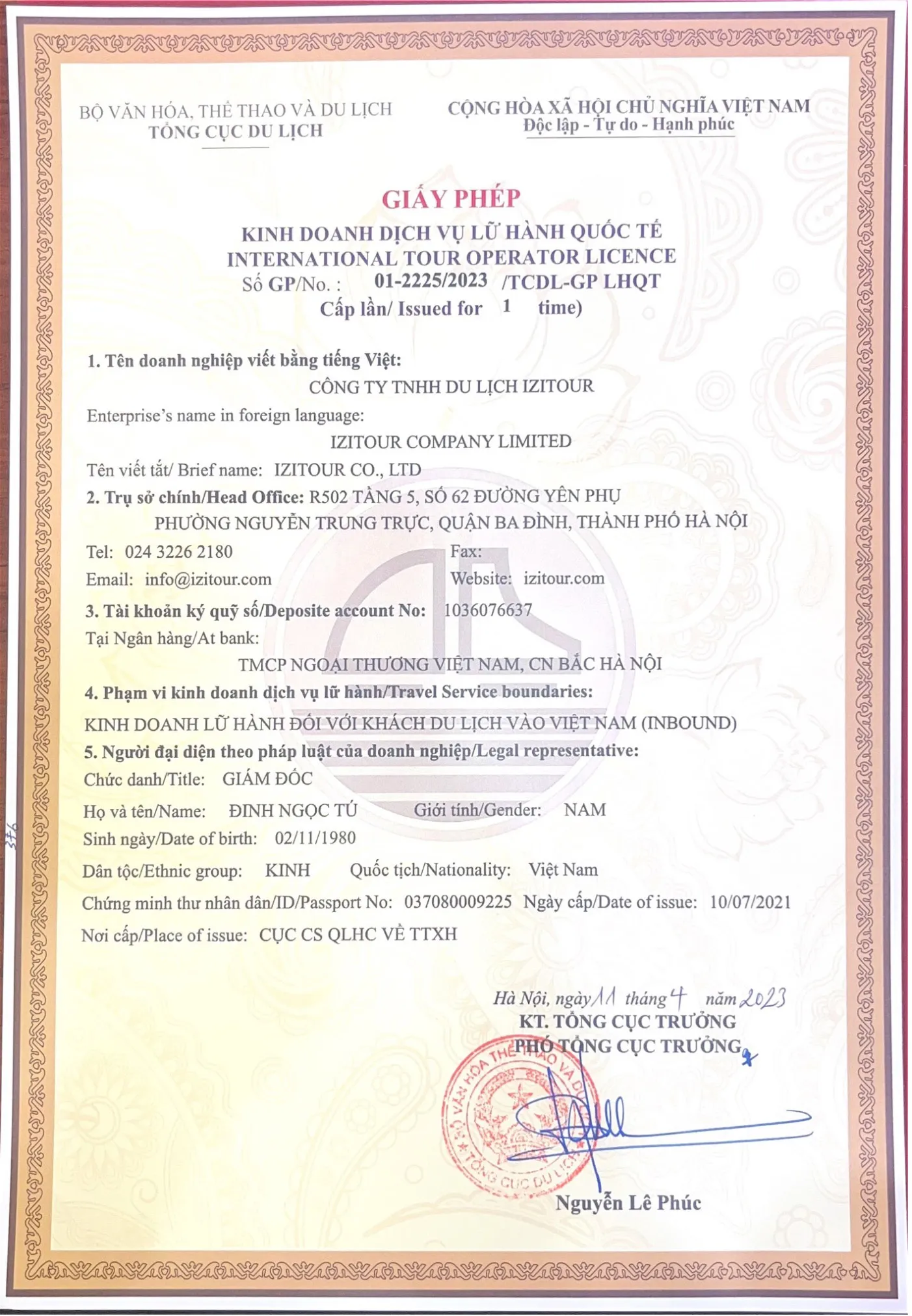Children in Vietnam used to have simpler childhoods. The family's work was something they were required to assist with from a young age. Natural disasters and conflicts made their lives very difficult. People back then didn't have much time to waste on amusement, so kids would play with whatever was handy, including sticks, leaves, bamboo, clay, and paper for toys. Thus, children's playthings were basic, but they served a vital purpose in instilling values like communal responsibility and reverence for the natural world. Here are top 5 traditional Vietnamese toys that we think every kid plays at least once.
1. Tò He - Colorful Rice Figurine
For many generations of Vietnamese people, Tò He has been an integral part of their spiritual lives as a strictly rural folk toy. Artists who work with clay use their skillful fingers to give life to static play dough, which they then use to create beautiful works of art.
Due to its original purpose as an object of devotion, Tò He frequently took the form of animals. Nowadays, we also see Tò He in the form of children's favorite cartoon characters.
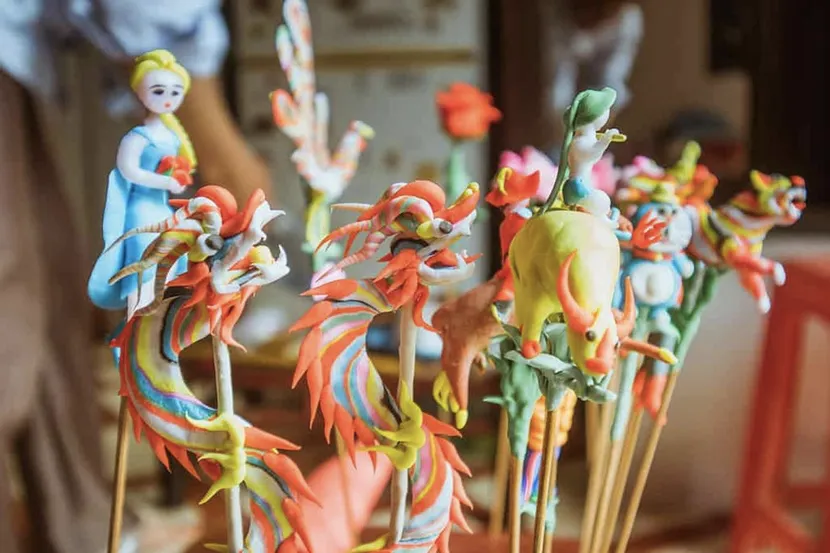
Make colorful rice figurine by combining sticky rice and non-glutinous rice, mixing thoroughly, soaking in water, and then grinding or pounding into powder. Sticky rice is easier to work with and yields superior results. When the dough is complete, it is kneaded until it becomes flexible and elastic, then formed into little balls and cooked. An artisan once said that the method of boiling dough and manufacturing dough should be based on the weather. Winter makes the dough more workable than summer.
After this is done, the artist who shapes the Tò He will add color and shape. Powder colors are derived from natural dyes as well as edible plants and vegetables. Red from gac fruit, black from “nhọ nồi" plant, green from betel leaves, and galangal leaves are just a few examples. There are a lot of complicated stages involved, particularly while creating the dough, but the end result is worth it since the final is glossy and beautifully colored. Applying the color using conventional methods ensures that it will retain its natural, fresh, and attractive qualities for an extended period.
Today, To He remains a popular item due to its striking shape and vivid colors. It always captures attention of children and is often seen at fairs, festivals, and holidays such as Tet and the Mid-Autumn Festival.
2. Sáo diều - Flute Kite
Little boys riding on the back of a buffalo while they play kite in a traditional Dong Ho artwork have been a sign of Vietnamese national tranquility for generations. As a spiritual act, the Vietnamese people associate releasing a kite into the sky with a wish for the comforting embrace of joy. While the Southern kite is more of a kid-friendly, visually appealing option, and the Huế kite is more colorful and features the palace's emblem, the Northern kite is a delicate fusion of the kite's simple shape with the flying whistle of the Vietnamese flute.

Most people fly flute kites after a harvest or at the beginning of a rainy season in the hopes that there will be more light rains and fewer floods. Back then, farmers relied on dry weather for harvesting and grain production. If the weather was nice, the farmer may reward himself with a minute of leisure while listening to the whistle. Now the kite and whistle are signs of the harvest's flawless excellence.
To make a flute kite, you'll need two common household items found in most rural areas: a flute and a kite. In ancient times, most of the pieces were made of bamboo, according to the artisan.
Constructing a high-quality flute kite requires extensive practice and attention to detail. To ensure that the air released from the flute has depth and character, the pipe is painstakingly crafted from old bamboo trees—specifically, the sort of bamboo that keeps its shape even when it rains. A wooden stopper splits the pipe in half at the center. The more equal the two pieces are, the more powerful and resonant the whistle can become. The kite's form is a bow-shaped assembly of two bamboo poles bent to ride the wind.
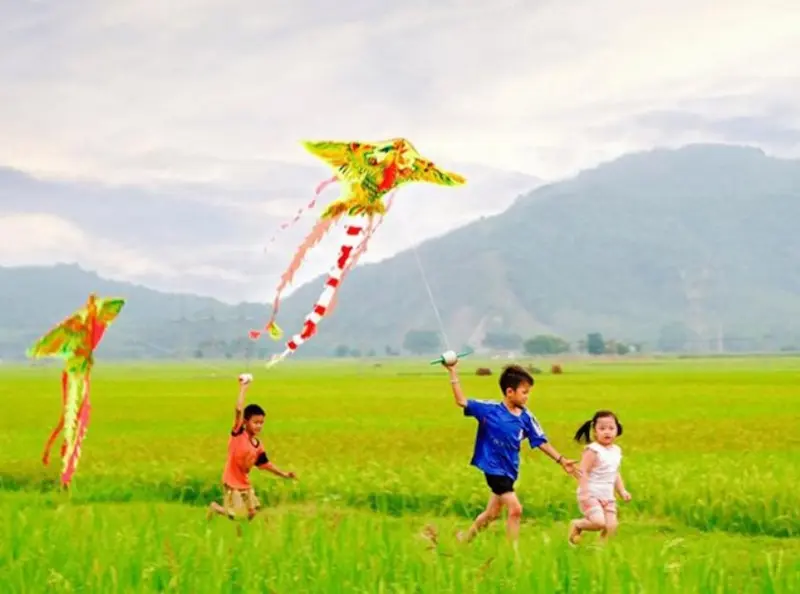
Yet, creating ropes is the trickiest component. Traditional flute kite construction involves selecting bamboo shoots that are just the right age, neither too young nor too old, and then cutting them into thin strands. After being cooked for seven or eight hours with a pinch of salt, the fibers transformed into something supple, elastic, and incredibly long-lasting.
Both the design and the playing of the Northern flute kite are fundamental to its distinctiveness. Do you want to let go of your flute kite? It depends on the wind and humidity. Depending on the weather, the kite's wings will flap in the wind, sending a symphony of sound echoing across the neighborhood. The sound of it always brings a sense of peace and tranquility to the people. The unique blend of whistles used by each area gives each community its own identity. In the town itself, each person can have their own sound. With just the sound of the whistle, you can identify whose whistle it is.
3. Mặt nạ giấy bồi - Vietnamese Paper Mask
Vietnamese people have been making masks out of animal skins and tree bark since the Dong Son period.
The materials used to make masks have also evolved throughout time; nowadays, paper mache masks are quite popular in Vietnamese culture. This is a classic toy that many Vietnamese youngsters remember from their infancy, especially around the Mid-Autumn Festival.
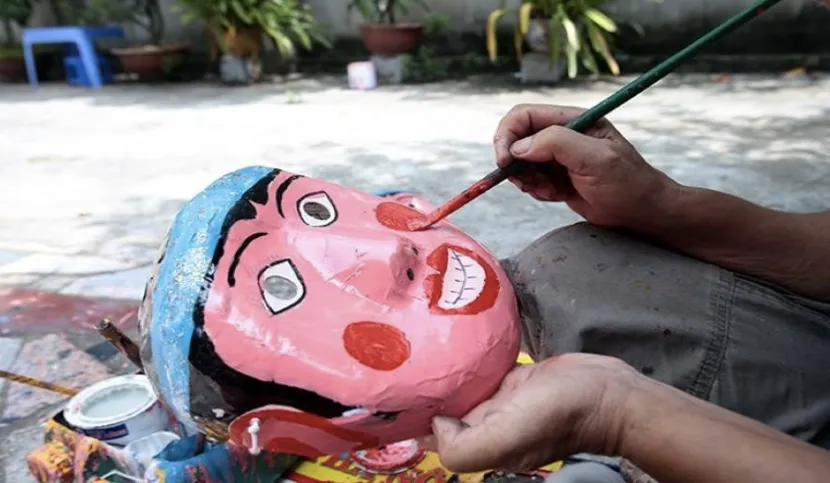
Masks made of natural materials and crafted by hand using paper mache are still relevant in today's world. Molding is the initial step in the lengthy process of creating a paper mache mask. Creating the mold is a crucial step since it serves as the foundation for producing the mask. It is made of cement and shows the exact shape of the mask that artisans want to create.
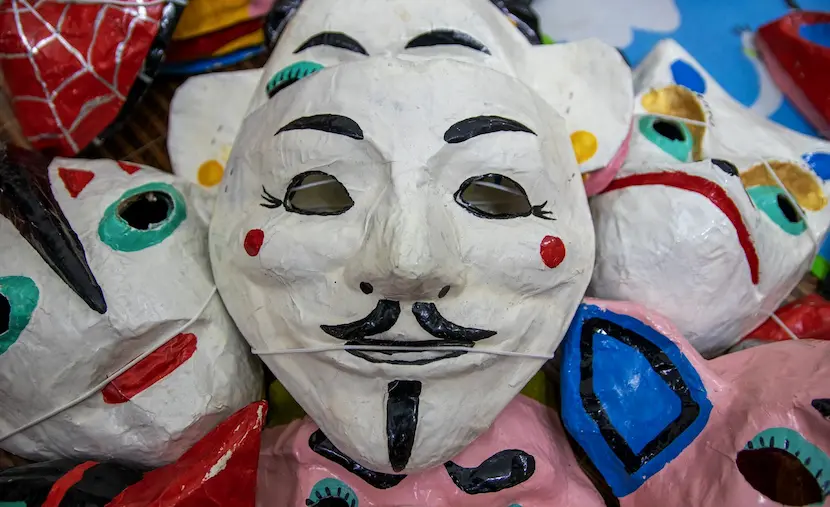
Tearing the paper into little pieces and gluing them to the mold may seem like a simple task, but it requires great attention to detail to ensure a tight and flawless mask. Using a cooked glue composed of cassava flour, the prior layer is adhered to the next layer. The typical number of layers needed to construct a paper mache mask is five or six. After each layer of paper is filled, the mask is left to dry in the sunshine instead of a dryer to prevent distortion and deformation. Painting is likewise an intricate and skill-intensive procedure. It takes time to finish coloring a mask step by step, not all at once. To prevent smearing, wait until this layer of paint dries before applying a second coat.
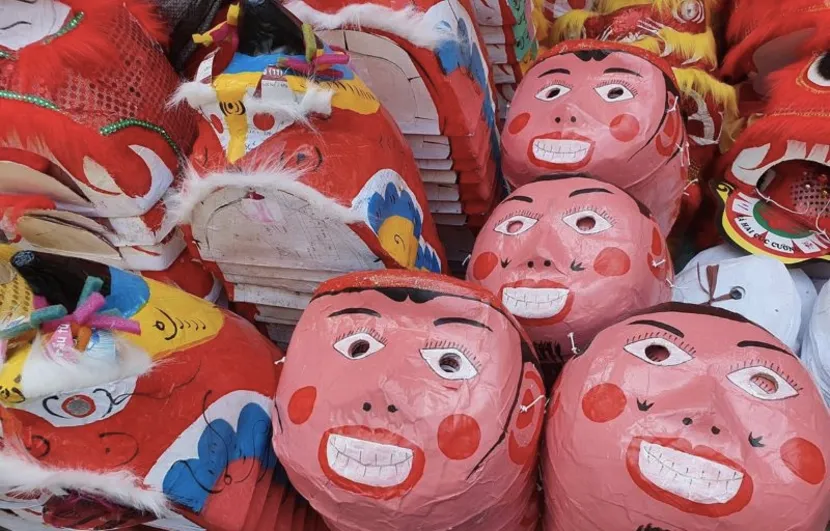
A wide variety of Vietnamese paper masks depict many figures, including the Earth God, Thi No, and Chi Pheo, among many others. The faces of animals, including tigers, rabbits, and buffalos, as well as figures from traditional tales, are popular models. And each mask is not only a local toy for kids during festivals but also carries a different message of culture. For instance, the rabbit denotes harmony and beauty, while the figure 'Ông Địa' stands for the deity of the earth and fruitful land. The Vietnamese people relate these two masks with the wish for a plentiful crop held by their forefathers.
4. Đèn trung thu (Mid-autumn Festival Lanterns)
The streets are decked out with colorful lanterns lit by candles during the August full moon. Shops selling mooncakes and dazzling electric lanterns are commonplace these days while you're out and about. On the other hand, traditional lanterns evoke warm feelings of nostalgia in some people who long for the days of their youth. Lanterns undoubtedly are traditional Vietnamese toys that every kid wants to have during the Mid-autumn festival. These three particular ones are the most popular: star lantern, humming top lantern and fish-shaped lantern.
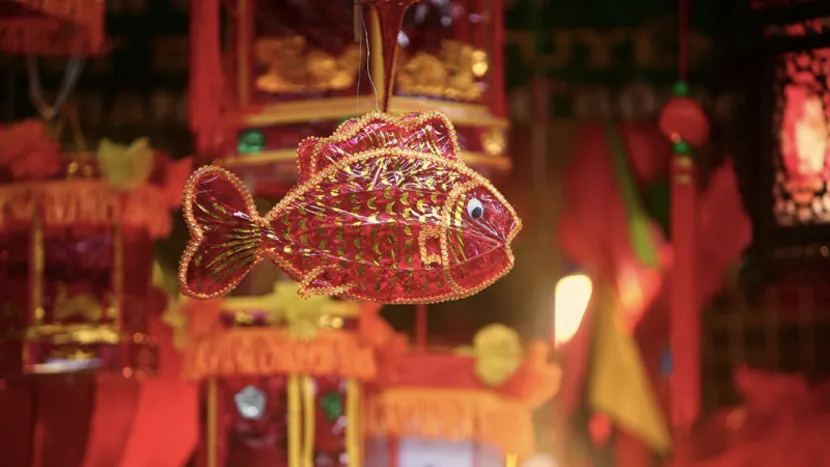
Lanterns during the Mid-Autumn Festival often bring back fond memories of making colorful five-pointed stars out of cellophane and bamboo poles when one was a kid. Vietnamese children, particularly those living in rural regions, have always associated the Mid-Autumn Festival with the star lanterns. Stunning lanterns in the shape of stars with a circular base are widely available these days. These lanterns originally came from five-color cellophane but were later adorned with tinsel and bright decorations to make them more eye-catching and trendy. Harmony and balance in life, relationships, and the environment are symbolized by this lantern, which has a five-pointed star with a circle. The picture reflects the five aspects of yin and yang in feng shui.

The Humming-top lantern is so called because its spinning motion resembles that of a hummingbird (con cù quay). The monk lantern gets its name from the fact that its lampshade resembles the traditional monk cap. The lantern may be spun around by means of two wooden wheels; one is affixed to the base, while the other rolls along the floor. A one-meter-long handle allows you to maneuver the lantern. The lantern spins on its axis while the wheel underneath it revolves in response to the movement of the lantern. The rate of movement determines the rotational speed of the lamp.
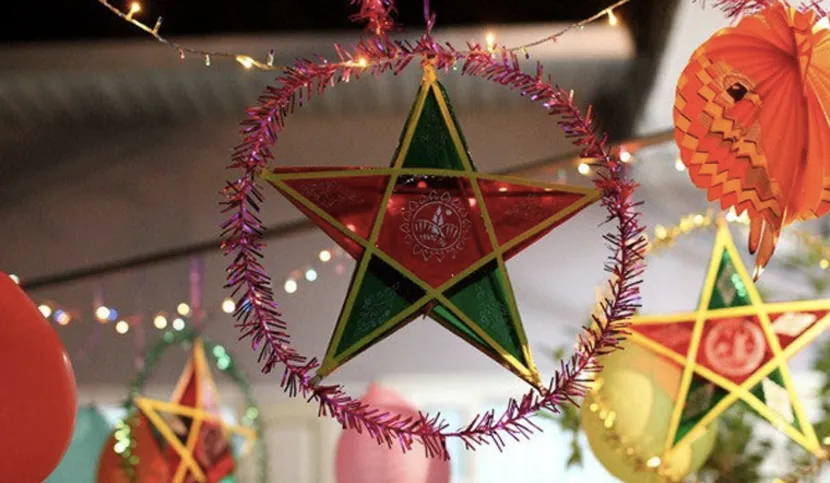
Traditional lanterns fashioned like fish have long been treasured by youngsters. Vibrant and colorful designs crafted from red cellophane adorn these lanterns. Vietnamese people have held carp in high regard for many years. Legend has it that if a carp jumps the dragon gate, it will turn into a dragon. On the 28th day of the lunar new year, carp are released as a sign of elevating the Vietnamese Kitchen God to heaven. An important emblem of the Mid-Autumn Festival, the carp lantern stands for the importance of never giving up and finding a way to triumph over adversity.
5. Trống bỏi - Drum
In the past, many Northern children's Mid-Autumn Festival recollections include the bamboo drum as an essential traditional Vietnamese toy. In the past, drummers used bamboo for the handle, with two pieces of interwoven metal forming four gears that turned the handle. Hemp thread or rope is used to bind the drum's hand. The bamboo tube is hollow and covered with paper to form the drum. The materials that go into making drums have evolved within the last two decades. The clay is used to make the drum.
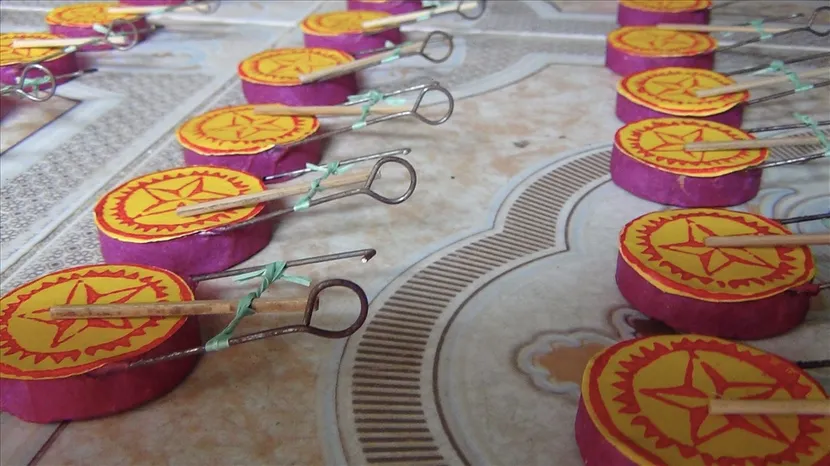
There are specific steps that the entire procedure follows. When the ground is damp with dew and easy to work with, the craftsman gathers clay first thing in the morning. After being worked into tiny, round molds, the clay is allowed to dry until it hardens into brick-like shapes. Afterwards, the frames are coated with red or pink paper using adhesive that is created from boiling glutinous rice powder. First and foremost, artisans must check that the paper and frames are completely sealed.
The handle and the little, two-faced drum are fastened to a bamboo stick that is slightly larger than a toothpick. The drumstick hits the skin of the drum when the handle is turned, creating a joyful sound, especially in the Vietnamese mid-autumn festival.
See more:
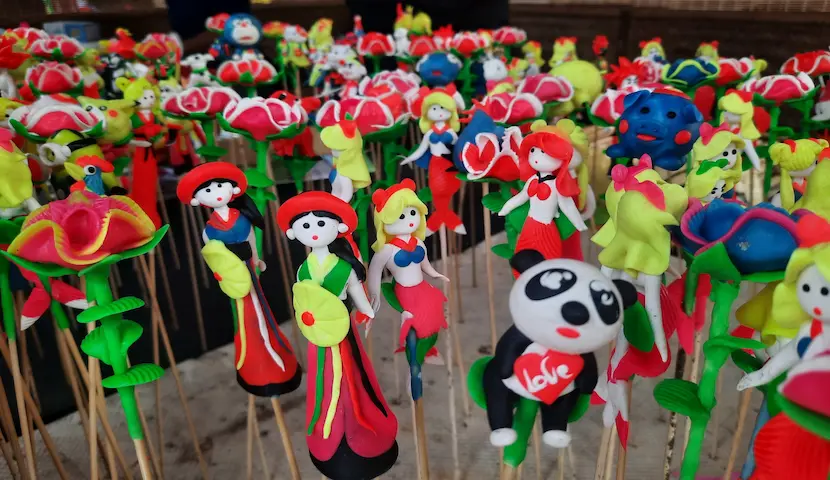







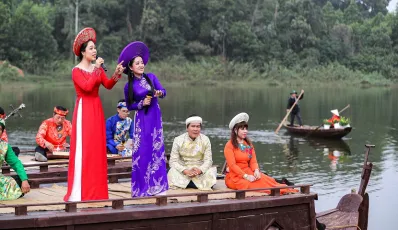

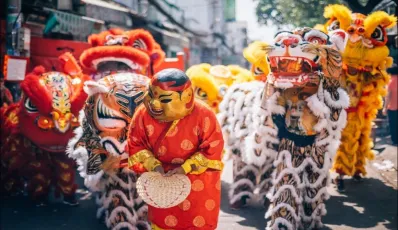

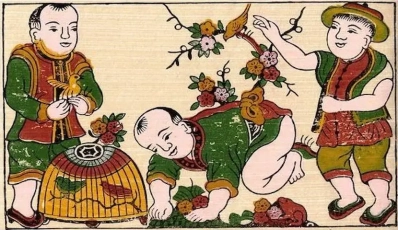

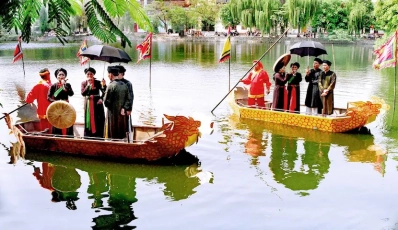
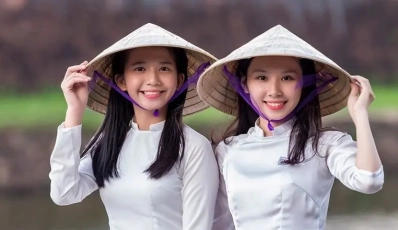
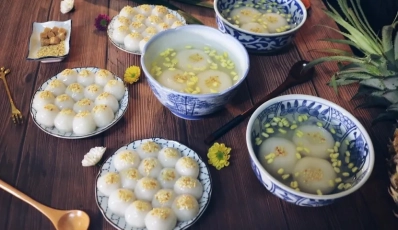

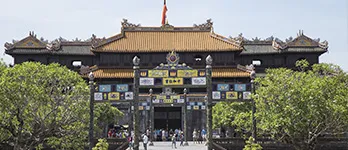


 TRAVELERS' CHOICE 2025
TRAVELERS' CHOICE 2025 